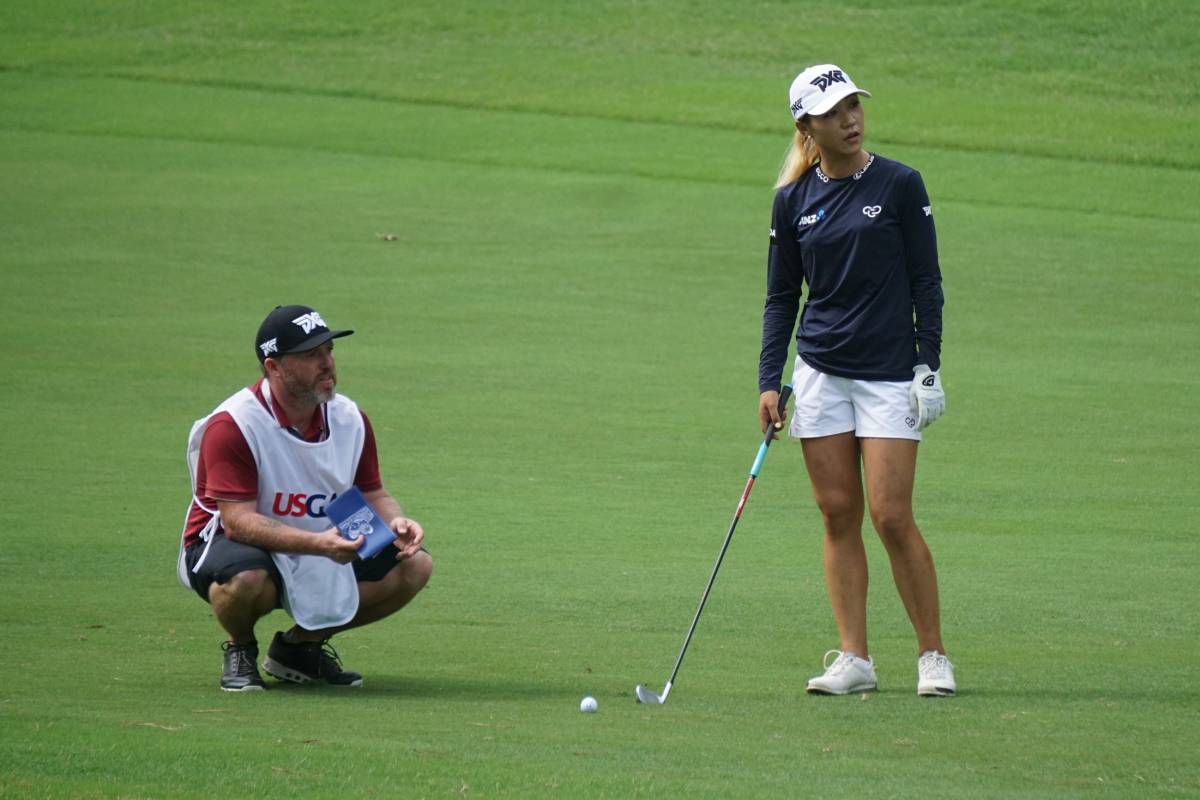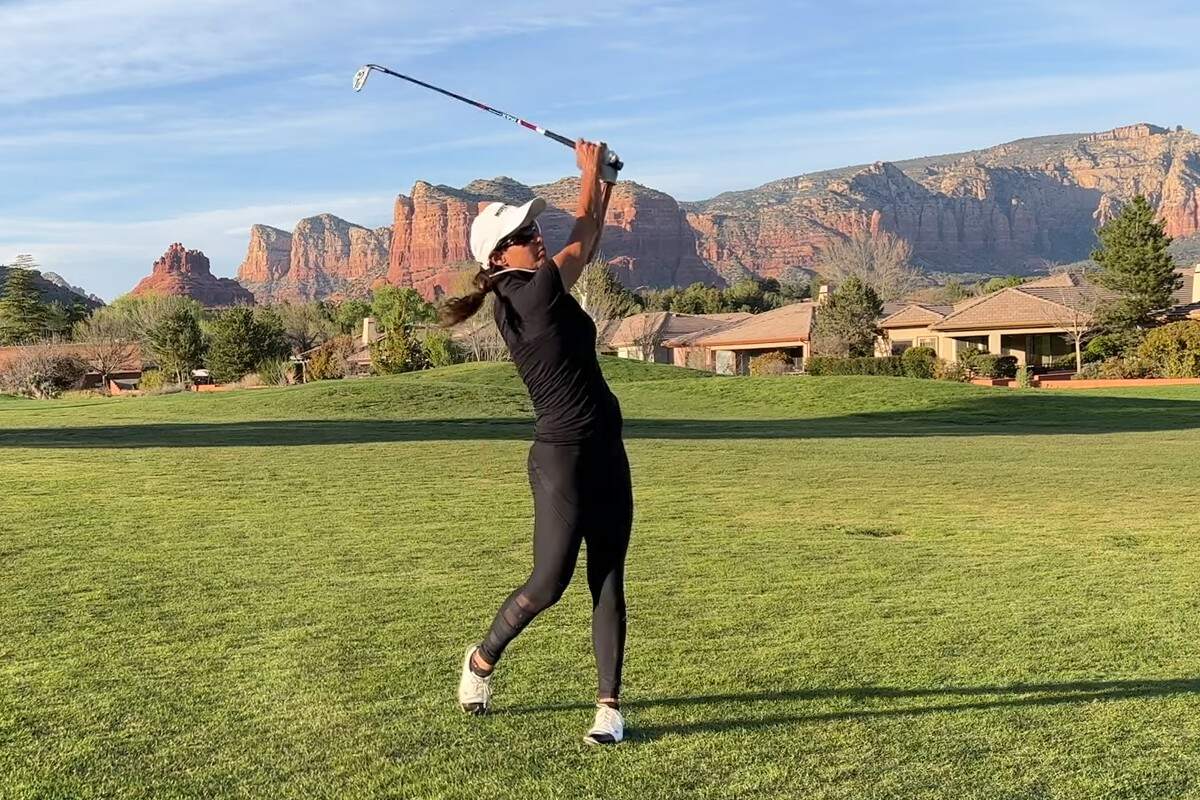I was talking with a friend the other day about women’s sports. The popularity of women’s sports was mentioned.
“Well, nobody watches women’s sports to the same extent as they watch the men,” said my friend.
“Maybe so,” I replied, “but what is the reason for that? I bet you can tell me when the US Men’s Open was played. But, can you tell me when the Women’s US Open was played? Why is that? Does it have to do with the level of play?”
After some reflection on this conversation and thinking about why this may be true, I began to look further into the theoretical reasoning for why women’s sports just don’t seem to get the attention that the men do. While there are many arguments I hear about this topic, here are two of the most common.
Argument #1: Women’s sports don’t bring in revenue like men’s sports.
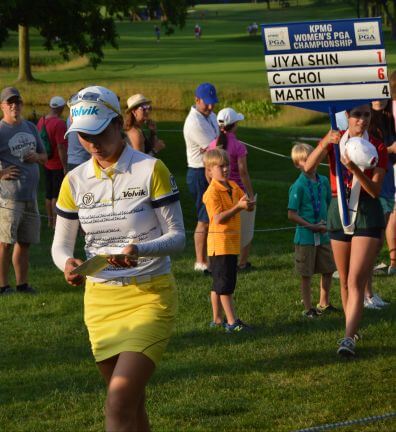
We all know that most of the women’s coaches don’t make the same salary as their male counterparts. This especially hits home for me in Tennessee since the great Coach Pat Summit won 8 national titles and never saw the same salary level of her male counterpart at the University of Tennessee. At the height of her career, she made about $1.12 million which wasn’t even close to the $2.25 million the current men’s coach was offered upon his acceptance of his job in 2015. We see that the WNBA wear sponsor logos on their jerseys and averages $72,000 annually compared to the annual average $5 million NBA player. We all know the purse for the US Men’s Open ($12 million) is significantly larger than the women’s ($5 million). We’ve even seen the US women’s hockey team almost boycott championship play due to salary. The salary disparity continues into tennis, NASCAR, and many other sports.
But, if women’s sports brought in more money, would they have equal salaries and purses like the men?
Argument #2: The attendance is higher at most men’s sporting events than women’s.
For example, the University of Kentucky men’s basketball 2016 average attendance was 23,361. The women averaged 6,454. Who wants to watch something where most of the seats are empty? Why go or watch if the sport isn’t exciting? Wouldn’t more money go to women’s sports if an audience wants to watch them?
Therefore, would larger crowd attendance help women’s sports?
While these may be valid common arguments, why is it that sports overall is still growing in viewership, programming hours and media rights, yet women’s sports remain generally stagnant in these areas? One study (Lumpkin, 2009) indicated that three reasons exist for this stagnation. The first is the limited quantity of coverage of women’s sports. For example, just 3% of newspaper sport’s stories focus on women, and women’s sports get only 2% of ESPN’s Sports Center time. The second is that women’s sports are given “second class standing.” Examples of this include the fact that television commentators frequently refer to female athletes as “girls” whereas male athletes are never referred to as “boys.” Finally, women’s sports coverage has been found to have a focus on femininity. In other words, women were often pictured in non-sports related poses while men were posed within the context of the sport they played.
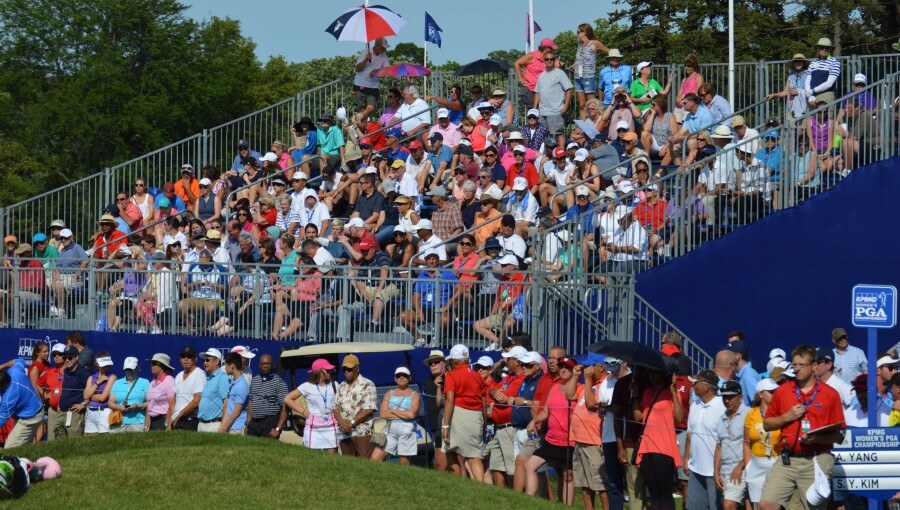
But, why does this happen in the first place? One academic theory, Cultivation theory, may help explain. Cultivation theory (Gerbner, 1969) suggests that media tend to offer a narrow view of people. Thus, repeated exposure to such content will cause the audience to develop a view of those people consistent with the media view. In other words, how the media covers, portrays, photographs or depicts an athlete will influence the audience who reads about them. So, as media continue to photograph female athletes in non-sporting poses (not on the course putting, for example), that will ultimately influence views of that athlete as being not as sport-centered as her male counterpart who has always been photographed on the course sinking the putt. As this article was written, a visit to the Golf section of Sports Illustrated website confirmed this thought. All pictures of PGA players were on the course playing while a picture of an LPGA player was photographed at a podium speaking, not in a golfing context and not in golfing attire.
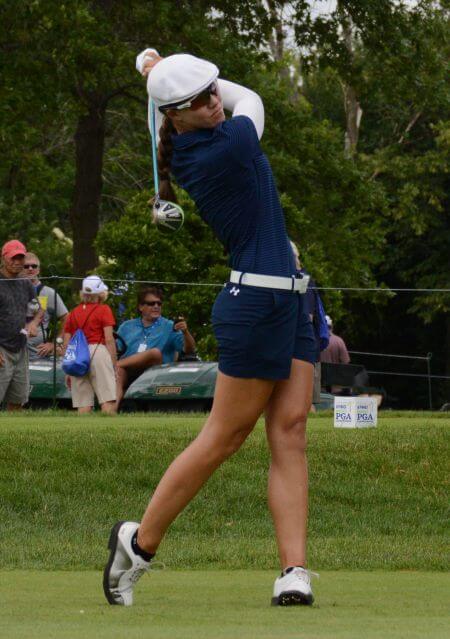
One recent study investigated coverage of women’s sports with quite interesting results. Schmidt (2016) found that over a 30-year analysis of the New York Times, 86.7% of all articles were focused on men’s sports and male athletes while only 5.2% focused on women’s sports and female athletes. Another astonishing finding was that female athletes were often framed in domestic or supporting roles, whereas males were not. Additionally, articles that were written about female athletes and/or women’s sports were shorter with fewer word counts. It is worth noting that as time progressed in the 30-year analysis, the average article length about male athletes increased although the women’s article length remained the same. The author of the research summarized, “Today, both women and men compete at comparable levels in many sports; both women’s and men’s teams play most high school and college sports, most Olympic sports involve both women and men and several women’s professional leagues, like the LPGA and WNBA, operate alongside their counterparts in men’s sports. However, in every single sport in which both women and men participate at comparable levels, men’s sports receive significantly more attention and male athletes receive more recognition than their female counterparts” (p.291).
This brings the argument full circle. If women’s sports do not receive nearly the coverage of men’s, how can we expect the revenue to be there? If women’s sports are only minimally covered, how can they receive enough attention to attract crowds and higher attendance numbers? The answer may as close as the local newspaper or website.
References
Gerbner, G. (1969). Towards Cultural Indicators: The Analysis of Mass Mediated Public Message Systems. AV Communication Review, 17(2),137-148.
Lumpkin, A. (2009). Female Representation in Feature Articles Published by Sports Illustrated in the 1990s. Women in Sport & Physical Activity Journal, 18, (2), 45.
Schmidt, H. (2016). Women’s sports coverage remained largely marginalized. Newspaper Research Journal, 37(3), 275-298.
Photo of Lydia Ko at the 2018 U.S. Women’s Open by Ben Harpring

